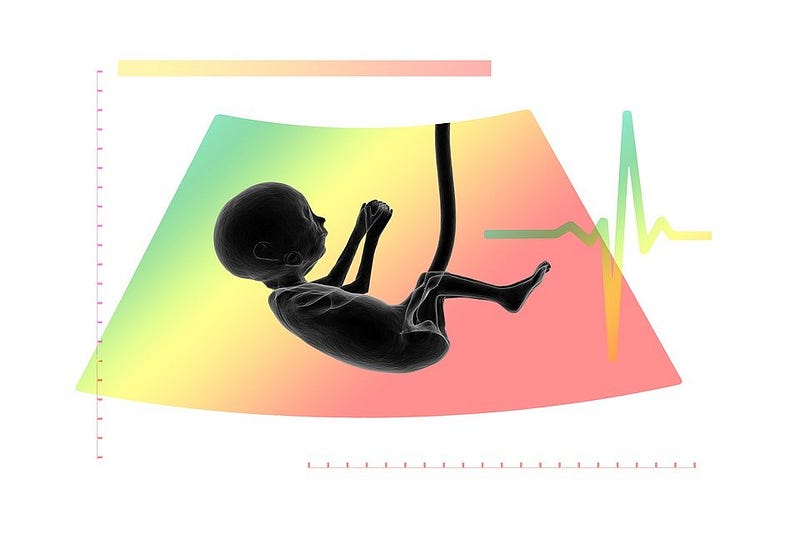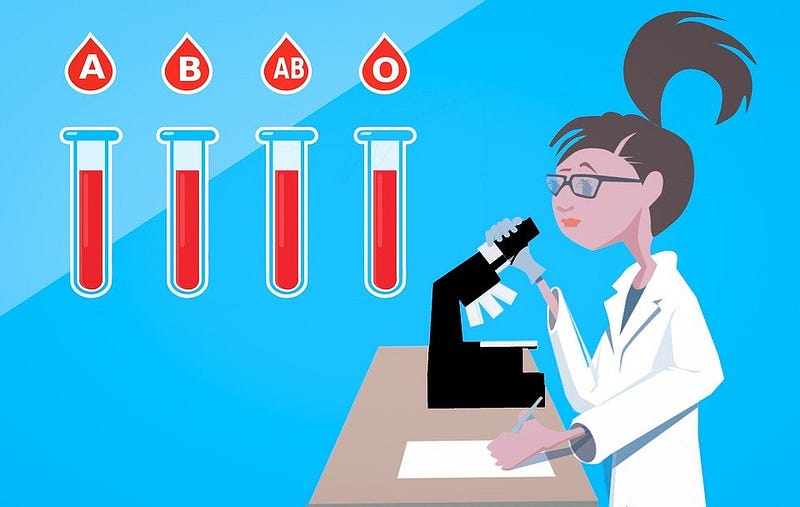Mismatching of the mother's blood group with her fetus can cause brain damage to the fetus
Erythroblastosis Fetalis: Hemolytic disease of the newborn

Hypersensitivity ! when intolerance undesirable reaction produced by the normal immune system is known as hypersensitivity. Depending upon the immunologic aspects hypersensitivity reaction can be categorized into 4types .ie. Hypersensitivity type I, II, III, and IV. When our body shows hypersensitivity then it may cause various types of damages. Anaphylaxis, allergic rhinoconjunctivitis, etc are examples of hypersensitivity.
Transfusion reaction of mismatching blood group

Our blood group containing RBCs .ie. Red Blood Cells are encoded by different genes. Each of which has several alternative alleles. An individual possessing one allelic form of a blood group an antigen can recognize other allelic forms on transfused blood as foreign and mount an antibody response.
Here is an example of a transfusion reaction. If in a case individuals have a type A blood group is transfused with the individual that have a blood containing type B cells, then during transfusion of blood the anti-B isohemagglutinins binds to the type B blood cells and mediate the destruction via complement-mediated lysis this type of reaction between the two different blood group transfusion is called a transfusion reaction.
Erythroblastosis Fetalis: Hemolytic disease of the newborn
The hemolytic disease is shown in newborns. Other names of Erythroblastosis Fetalis disease are Hemolytic disease of the fetus and newborn (HDFN) and alloimmune HDFN. This disease basically occurs when maternal immunoglobulin antigen ( IgG) antibodies that are specific for fetal blood-group antigen cross the placenta ( Where fetal placed in mother womb) and destroy fetal red blood cells then it leads to erythroblastosis fetalis in newborn. The consequences of this hemolytic disease can be minor, serious, or lethal.
In the majority of cases around 65% of hemolytic disease of the newborn have minor consequences that are caused by ABO-group incompatibility between mother and fetus.
How Erythroblastosis fetalis develop in the fetus?
Erythroblastosis fetalis most commonly develops when an Rh+( Rhesus positive ) fetus expresses an Rh antigen on its blood cells that the Rh- ( Rhesus negative)and then the mother does not express.
During pregnancy, mother blood circulation is separated from fetus blood circulation via a layer of cells in the placenta known as the trophoblast. This layer prevents to mixing of blood circulation of both mother and fetus during the pregnancy period.
At the time of delivery, the placenta allows a larger amount of fetal umbilical cord blood( Umbilical cord-Connecting tube between mother and fetus during pregnancy)to the mother’s blood circulation.
During this blood- exchange transfusion reaction fetal red blood cells activate Rh-specific B cells that result in the production of Rh-specific plasma cells and memory cells in the mother. Activation of these memory cells in the subsequent pregnancy results in the formation of Immunoglobulin G (IgG) anti-Rh antibodies which cross the placenta and damage the fetal red blood cells.
How Rh-incompatibility can be detected?
The Rh-incompatibility can be detected by a test name is the Coombs test.
What is the Coombs Test?
The coombs test helps to detect the Rh-incompatibility vis detecting antibodies that act against the surface of Red blood cells.
The presence of maternal IgG on the surface of fetal red blood cells can be detected by this test. There is a coombs reagent that helps in the detection of Rh-incompatibility.
During the coombs test, isolated fetal red blood cells are incubated with coombs reagent, if maternal IgG is bound to the fetal red blood cells if the cells agglutinate with the coombs reagent that shows the presence of Rh -incompatibility.
How to prevent it?
Erythroblastosis fetalis disease is caused by Rh-incompatibility so, this can be prevented by administering antibodies against the Rh antigen to the mother. These administering antibodies are marked as Rhogam.
Administering of anti-Rh-antibodies to the mother should be :
- Around the 28 weeks of pregnancy
- During 24 to 48 hours after the first delivery.
- can be administered this anti-Rh-antibodies to pregnant women after amniocentesis.
During administering of anti-Rh-antibodies bind to fetal red blood cells then it entered to mother's blood circulation and further helps to facilitate their clearance before B-cell activation and the ensuing memory B-cell production can take place.
With the help of this Rhogam treatment, the fetus can be protected from Erthyroblastosis Fetalis disease.
References :
https://www.healthline.com/health/erythroblastosis-fetalis#diagnosis
https://www.medicalnewstoday.com/articles/314472
Image References :
https://cdn.pixabay.com/photo/2019/10/09/03/31/ultrasound-4536369_960_720.jpg
https://cdn.pixabay.com/photo/2019/03/07/09/04/blood-4039751_960_720.jpg
The article you have shared here about this topic is really significant for us. I'm happy that you have shared this great info with us. Keep posting, Thank you. Fetal Fotos
ReplyDeleteNice info, I am very thankful to you that you have shared this special information with us. I got some different kind of knowledge from your web page, and it is really helpful for everyone. Thanks for share it. Read more info about monoclonal antibody production service
ReplyDeleteVery well written article. It was an awesome article to read. Read more info about Linear Handheld Ultrasound Scanner. Complete rich content and fully informative. I totally Loved it.
ReplyDeleteYou have done good work by publishing this article here.peptide antibody synthesis I found this article too much informative, and also it is beneficial to enhance our knowledge. Grateful to you for sharing an article like this.
ReplyDeleteYou can find more similar content on our website
ReplyDeleteVery good, This information is essential and informative which you have shared here. Read more info about Allergy Injections In Westford Ma. It is beneficial for beginners to develop their knowledge. It is very gainful information. Thanks for share it.
ReplyDeleteلقد أحببت عملك ، ونتيجة لذلك ، الطريقة التي قدمت بها هذا المحتوى حول حاسبة الحمل . إنها ورقة قيمة بالنسبة لنا. شكرا لتقاسم هذه المدونة معنا.
ReplyDelete
ReplyDeleteThanks for sharing valuable and informative post, Now days really we face many health related and skin related issues. The Chelsea Clinic are provides the skin related treatments.
Picosure laser price
eye bags treatment
Very well written article. It was an awesome article to read. about baby ultrasound Perth Complete rich content and fully informative. I totally Loved it.
ReplyDeleteI found decent information in your article. I am impressed with how nicely you described this subject, It is a gainful article for us,3d baby ultrasound australia Thanks for share it.
ReplyDeleteIt is what I was searching for is really informative.huum It is a significant and useful article for us. Thankful to you for sharing an article like this.
ReplyDeleteI definitely enjoying every little bit of it. It is a great website and nice share. I want to thank you. Good job! You guys do a great blog, and have some great contents. Keep up the good work. pls visit our website physio near me
ReplyDeleteThis blog is very nice and informative about 3d Ultrasound Perth . Thanks for sharing this blog. I am waiting for your next articles. Keep it up.
ReplyDelete